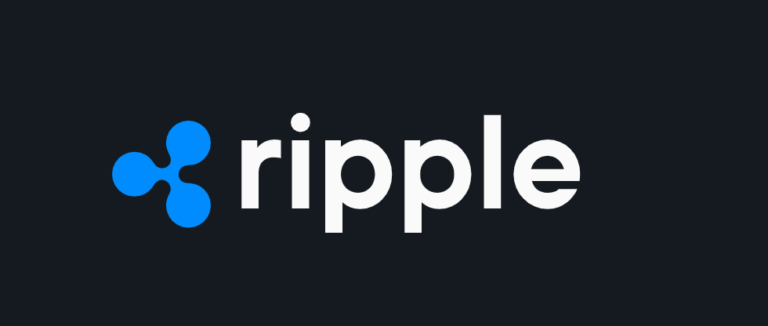
- BlackRock, the world’s largest asset manager, is venturing into asset tokenization with the launch of its inaugural tokenized asset fund, the BlackRock USD Institutional Digital Liquidity Fund.
- CEO Larry Fink emphasizes the potential of tokenization to streamline transactions, combat illicit activities, and revolutionize financial markets, signaling a transformative shift toward digital finance.
The financial world is witnessing a groundbreaking shift as BlackRock, the globe’s largest asset manager, embarks on a journey into asset tokenization with the launch of its inaugural tokenized asset fund. This move not only signifies a pivotal moment in financial history but also sets the stage for a future where traditional assets seamlessly integrate with blockchain technology.
BlackRock’s Bold Step
In a recent filing with the United States Securities and Exchange Commission (SEC), BlackRock unveiled its BlackRock USD Institutional Digital Liquidity Fund, signaling its foray into the realm of digital assets. While the fund was established in 2023, its official launch awaits. The filing, made under the SEC’s Form D, seeks exemptions under the Investment Company Act Section 3(c), positioning the fund under the jurisdiction of the British Virgin Islands.
Managed by Securitize, a reputable U.S. digital assets securities firm, the fund offers a tantalizing opportunity for investors with a minimum investment threshold of $100,000. The fund’s tokenization will occur on the Ethereum blockchain through an ERC-20 token named BUIDL, underscoring BlackRock’s commitment to leveraging blockchain for financial innovation.
Embracing Tokenization for a Secure Future
BlackRock’s CEO, Larry Fink, envisions a future where tokenization revolutionizes financial markets, offering unparalleled security and efficiency. Fink expressed optimism about the transformative potential of tokenization, highlighting its role in combating illicit activities and enabling instantaneous settlement.
“We believe the next step going forward will be the tokenization of financial assets, and that means every stock, every bond […] will be on one general ledger,” Fink asserted in an interview with Bloomberg. He emphasized the potential of tokenization to provide unique identifiers for investors, streamlining transactions and mitigating risks associated with traditional financial instruments.
The Rise of Tokenized Assets
Securitize’s involvement in BlackRock’s venture underscores the growing prominence of asset tokenization in the financial landscape. With a track record of tokenizing assets for industry leaders like KKR and pioneering innovative partnerships, Securitize is at the forefront of driving adoption in the digital assets space.
As BlackRock takes the lead in embracing asset tokenization, the financial industry stands on the brink of a new era. By leveraging blockchain technology to tokenize assets, BlackRock aims to unlock new avenues of liquidity and security, ushering in a future where traditional and digital finance seamlessly converge.
BlackRock’s entry into asset tokenization marks a significant milestone in the evolution of global finance. With its USD Institutional Digital Liquidity Fund poised to disrupt traditional investment models, BlackRock paves the way for a future where tokenization unlocks unprecedented opportunities for investors worldwide. As the financial landscape continues to evolve, the transformative potential of asset tokenization promises to reshape the way we invest, trade, and transact in the digital age.




